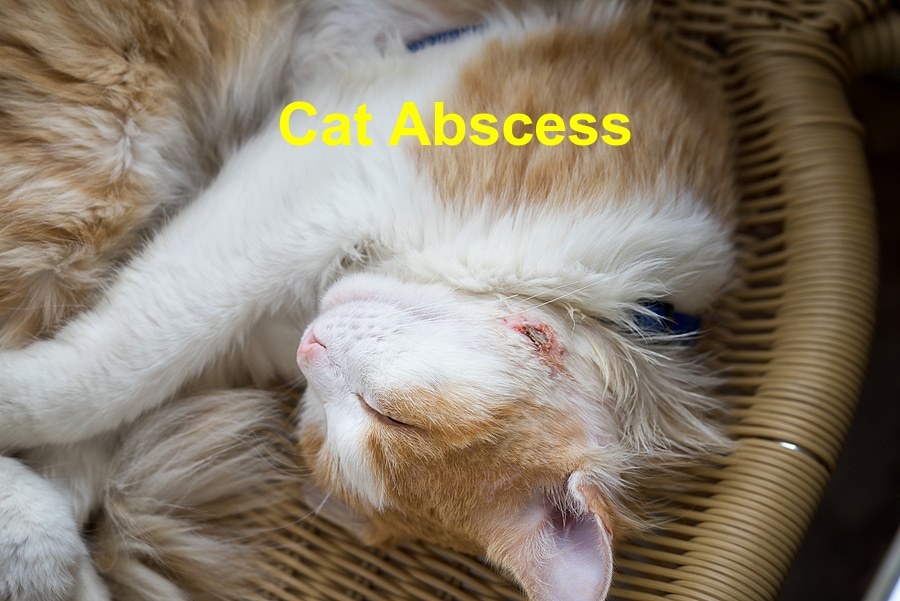Cats are particularly prone to a number of skin irritations that can be treated quite easily through a combination of topical creams and ointments. However, when left to fester needlessly, they can deteriorate and worsen to become abscessed. An abcess could also occur when the kitty becomes infected multiple times in the aftermath of an injury and there’s no limit to where they can form. While abscesses are generally not considered medical emergencies, they can become rather problematic when left untreated for long periods.
Types and Symptoms of Abscesses
Unlike dogs and other pets, pets are ordinarily prone to abscesses as they tend to be quite aggressive when fighting and dueling other cats that they encounter when roaming outdoors. An injury resulting from a fight can fester and become severely infected if not attended to promptly. Abscesses can also be a result of minor abrasions that later became infected after colonisation by bacteria-causing infection.
Speaking of bacteria, pasteurella multocida is one of the most bacteria that is behind the majority of the skin infections that later turn to abscesses. Staphylococcus intermedius is the other common cause of skin infections which, if not treated with the right application of topical ointments, can fester to become abscesses.
Diagnosis of Abscesses
Usually, the vet will take a swab of the festering infected area to bacterial culture analysis to determine exactly the strain of bacteria that is causing the infection. In addition to this, they may also conduct a standard blood test to determine whether or not the infection has reached the bloodstream. After a comprehensive diagnosis has been done, the vet can now prescribe an appropriate infection treatment plan whose objective will be to stop the infection from spreading before it is too late.
Treatment of Abscesses
Most abscess in cats can be treated through a combination of the application of ointments and topical solutions if the injury causing the infestation is just superficial. However, serious infections may call for more drastic measures such prescription of antibiotics such as clindamycin after the wound has been cleaned, flushed and drained by a qualified veterinary.
Management of Cat Abscesses
The first step is to determine whether the wounds or cuts that your cat has are deep or superficial. If they are not deep, then there is no shortage of kitty formulated OTC ( over the counter ) antibacterial applications that you can use to stop the likelihood of the progression of the infection.
References: VCA hospitals, Mar Vista





